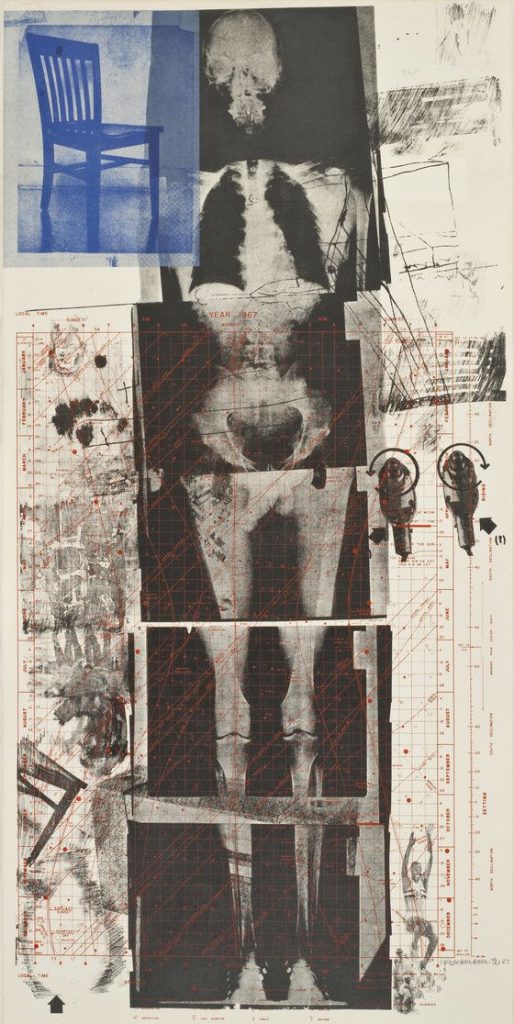Grace Jones’ 1985 full length Slave to the Rhythm is sexy, cinematic and an overall fantastic experience with a well thought sound, Jones’ sultry vocals and in your face visual aesthetics.

Her career being huge in Hollywood as a breakout star Grace Jones was always musical and was interested in more conceptual works of album production. She and Horn came together in 1985 to release the iconic album Slave to the Rhythm which became Jones’ most commercially successful album to date released under Horn’s label ZTT Records.
The album is a crazy journey of including seven different interpretations of one song. All of the tracks on the album represents another side of Jones’ life and story she calls the album a biographical concept piece. The album was first intended for Frankie Goes to Hollywood as their follow up release after Relax but then later was passed on to Grace Jones.
The album includes R&B, hiphop and jazz influences throughout with big guitar riffs, groovy drums, Jones’ voiceover deep vocals.
An extensive usage of digital synthesiser Synclavier was apparently made during the making of this album which used FM synthesis. The warmth of the synth can be heard throughout the album.
Operattack which is the weirdest sounding song on the album was made with Horn’s signature style of sampling. He only sampled Grace Jones’ pre-recorded vocals from the album recording sessions for this track in particular.
I find the whole piece of work to be dark, enticing and experimental in its sense for its time. While there are mellow synth and pad heavy tracks like The Crossing and The Fashion Show, the album makes strong and sharp turns to tracks such as The Frog and The Princess and Jones the Rhythm which showcases a more heavy R&B sound with signature drums and grooves. When it comes together with Grace Jones’ fashion-forward thinking aesthetic world and performances the album shines like a diamond and a masterclass in creativity and innovative sound and storytelling among its similar releases from those years. The production cost more than $385.000 a huge budget for its time.
When they were first working on the album with a bass guitar, a Roland JX-8P and 808 drums Horn’s collaborator during this album Andy Richards suggested that the chords are just not working well with the music so they flipped over and inverted the notes while giving the melodies a steady rise. The making process of the album was experimental in its core too.

Even though it was risky and full of experimentations within the studio the lead single Slave to the Rhythm became a huge hit and made official charts all over the world while dominating America. This album further proved how much of a production genius Trevor Horn is and how he came make everything into gold that he touches.
Griffiths, D. (2022) The story of Grace Jones’ Slave to the Rhythm: tempo changes, stacked Roland synth patches and Trevor Horn. Available at: https://www.musicradar.com/news/slave-to-the-rhythm-song-stories (Accessed: 6 November 2022).
Red Bull Music Academy (2018) Trevor Horn talks Buffalo Gals, Grace Jones and Double Dutch | Red Bull Music Academy. April 12 2018. Available at: https://www.youtube.com/watch?v=DR4GwBRWR6Y&ab_channel=RedBullMusicAcademy (Accessed: 6 November 2022)
